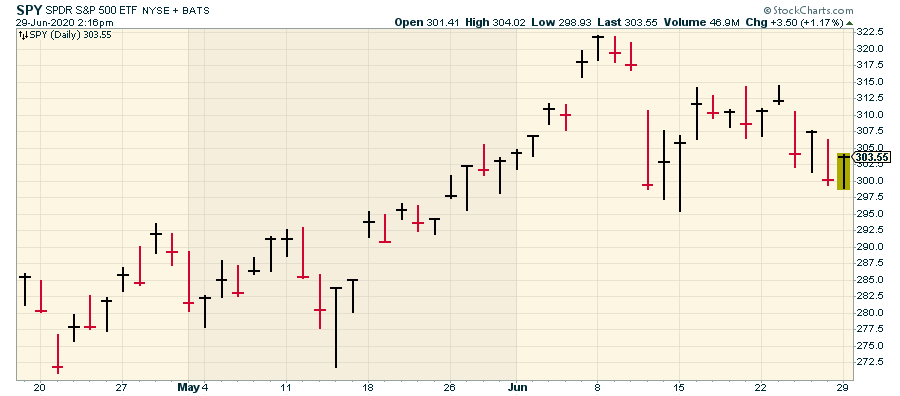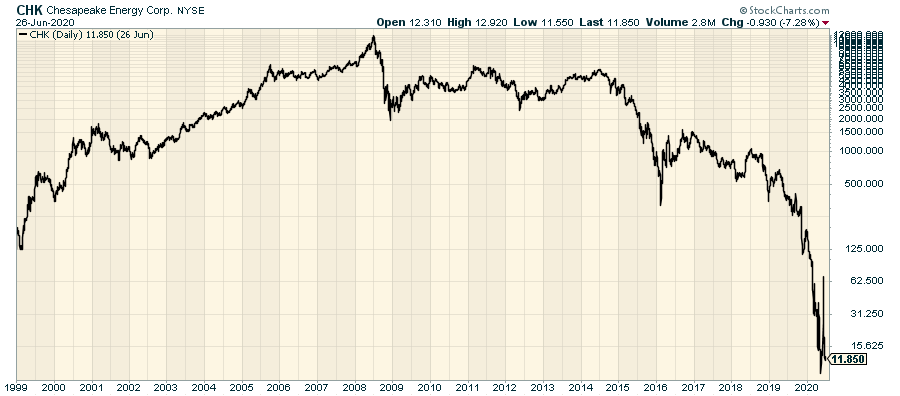SPY: Is Matching The Market Enough?
The SPDR S&P 500 ETF (SPY) is a monster ETF (exchange-traded fund), designed to follow the S&P 500 step for step. This is the granddaddy of all index funds. SPY currently has assets of $267 billion.
For some perspective, SPY has more in assets than the GDP of Finland. Of course, Finland has been around a long time; SPY only dates back to 1993. Shareholders also like SPY’s expense ratio which is just 0.0945%.
(Click on image to enlarge)

That’s pretty cheap. Of course, with SPY you’re only getting what the market does: you won’t beat the market, but you won’t lose to it either. Actually, that’s not a bad quality to have, especially in a difficult market.
Personally, I have no problem with indexing. It works just fine for some investors, but I’m in the group that’s looking to beat the market. To me, the challenge of trying to beat Wall Street at its own game is worth the battle.
This brings in another question, is the stock market truly efficient? By that, I mean: does the market accurately reflect all the information that’s out there? It’s difficult for me to believe that it does.
Chesapeake Goes Underwater
I’ve been thinking of the efficiency debate lately particularly around the story of Chesapeake Energy (CHK), which recently filed for bankruptcy protection. It’s tough to see any company go under and I have a soft spot for Chesapeake, which was at one point the #2 natural gas producer in America. Under its late CEO, Aubrey McClendon, Chesapeake went into fracking early and in a big way—and it paid off. At least, it did for a long time.
As it turns out, there were a lot of things we didn’t know about Chesapeake. When the new CEO, Robert Douglas Lawler, took the reins in 2013, he found out Chesapeake didn’t keep a yearly budget. I’d say that Chesapeake was spending money like a drunken sailor but that’s unfair to drunken sailors. Put it this way: the company spent $110 million on two parking garages.
Over a three-year stretch, Chesapeake spent $30 billion more than it generated in cash flow. On paper, the business was doing great. It was swimming in money. The problem is that Chesapeake was spending it faster than it came in. None of that cash was making its way to shareholders.
(Click on image to enlarge)

But the stock market was clueless. It didn’t know what it didn’t know. The pricing of Chesapeake’s wasn’t merely inefficient, it was explicable…but only after the fact. Still, why didn’t anyone say something?
The details are of Chesapeake’s spending are nearly comical. The company had a wine collection hidden in a cave behind a broom closet. I’m not even sure how that’s done!
Chesapeake’s season ticket package to the Oklahoma City Thunder was the biggest in the league. The company had its campus designed to look like the campus at Duke; in the words of CNBC, it included “bee keepers, botox treatments and chaplains for employees.” Oh boy.
The stock is down 93% this year. In this regard, I suppose the market is efficient.
If you’re looking for something for the long term, consider a stock like FactSet (FDS). The company provides financial information and analytic software for investment professionals. That’s a good business to be in.
FactSet recently reported very good earnings, with adjusted diluted earnings rising by 9.2% to $2.86 per share. That beat estimates by 43 cents per share.
In May, FactSet increased its dividend by five cents to 77 cents per share. I’ll let you in on something: In the company’s press release, FactSet said that it has raised its dividend for 15 consecutive years. That’s actually incorrect; it’s longer than that. FactSet has increased its dividend every year since 1999—21 years!
A key stat to watch for FactSet is Annual Subscription Value (or ASV). At the end of May, ASV plus professional services stood at $1.52 billion. This is important because annual ASV retention is over 95%. At the end of the quarter, FactSet’s client count stood at 5,743. User count rose by 2,199 to 131,095, and employee count now stands at 10,065. That’s up 7.5% in the last year.
During Q3, FactSet bought back 46,689 shares for a total cost of $12.4 million. That’s an average price of $266.09. I’m generally not a fan of buybacks, but given the current FDS share price of $342, that turned out to be a shrewd investment in itself. In March, FactSet’s board added another $220 million to its existing buyback authorization.
Now for guidance: FactSet expects full-year revenues to range between $1.485 billion and $1.49 billion. The high ASV numbers help a lot with revenue-forecasting. The company also expects full-year earnings to range between $10.40 and $10.60 per share. That’s an increase from the previous range which was $9.85 to $10.15 per share.
Wall Street was very pleased with this news. The shares gapped up 15.1% and hit a new all-time high. FactSet remains a very strong buy… and I strongly suspect that FactSet does not have a secret wine cave.
Disclosure: None.



